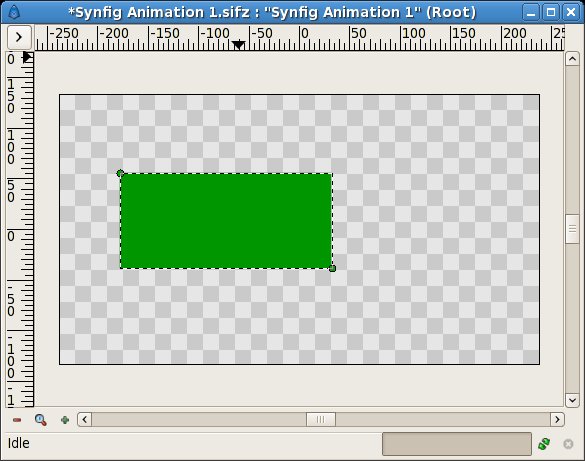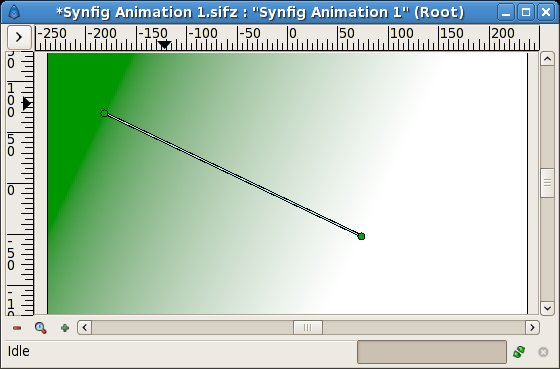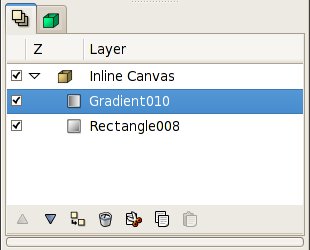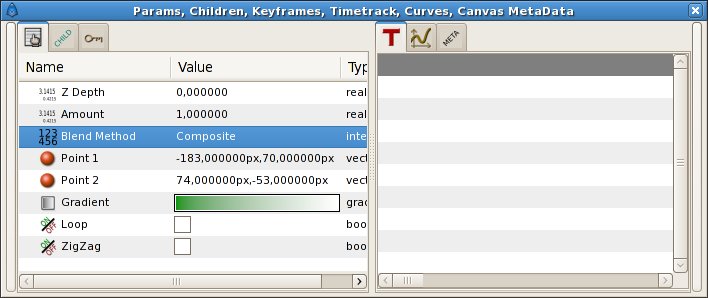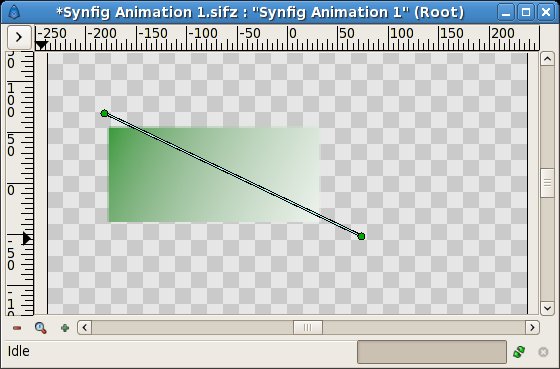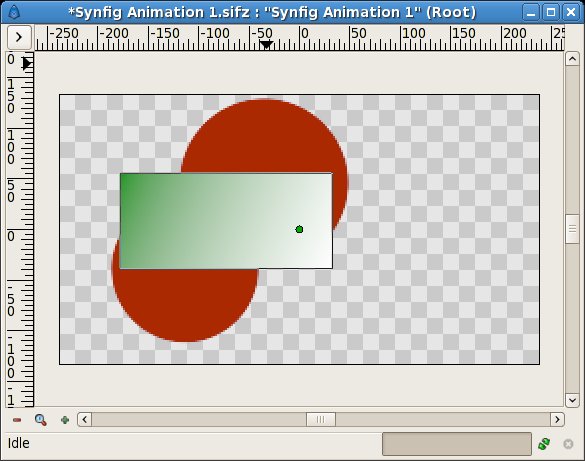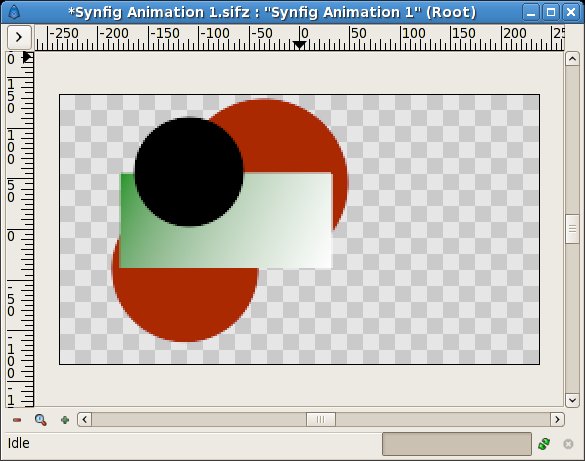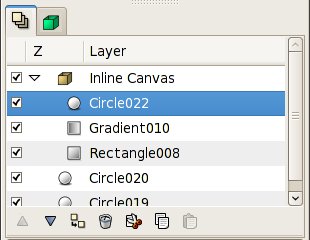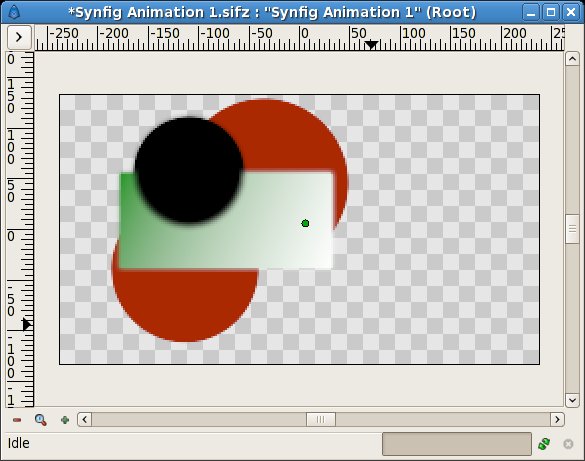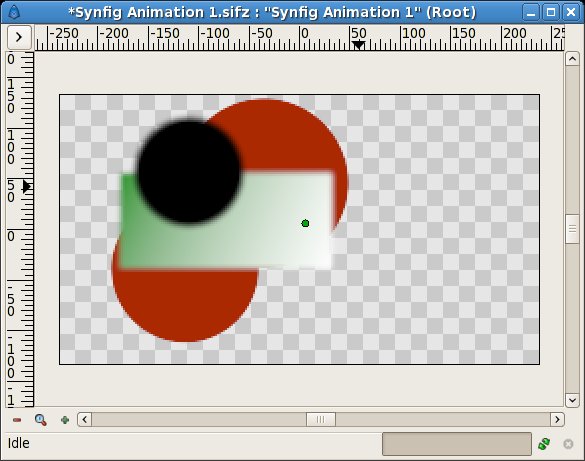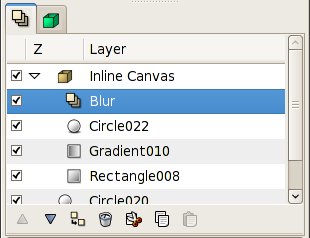Adding Layers
(→Digging further...) |
(→Using Layers To Modify Other Layers) |
||
| Line 45: | Line 45: | ||
#Expand the inline canvas to show its contents, and select the top layer inside of it (should be the "Gradient" layer). This is where we want to insert the new layer. Create another circle filled with a black color. The black circle layer will be created over the gradient layer inside the inline canvas.{{l|Image:Adding-layers-tutorial-6.jpg|center}} {{l|Image:Adding-layers-tutorial-7.jpg}} | #Expand the inline canvas to show its contents, and select the top layer inside of it (should be the "Gradient" layer). This is where we want to insert the new layer. Create another circle filled with a black color. The black circle layer will be created over the gradient layer inside the inline canvas.{{l|Image:Adding-layers-tutorial-6.jpg|center}} {{l|Image:Adding-layers-tutorial-7.jpg}} | ||
#Now, right click on the black circle layer in the {{l|Layers Panel}} and a popup menu will appear. The first item in that popup is '''New Layer'''. Inside of the '''New Layer''' menu, you'll see several categories of layers you could create, but what we want is a blur, so go to the Blur category and select the '''Blur''' layer. (so that would be "New Layer->{{l|Blur Layer Category|Blurs}}->{{l|Blur Layer|Blur}}"){{l|Image:Adding-layers-tutorial-8.jpg|center}} | #Now, right click on the black circle layer in the {{l|Layers Panel}} and a popup menu will appear. The first item in that popup is '''New Layer'''. Inside of the '''New Layer''' menu, you'll see several categories of layers you could create, but what we want is a blur, so go to the Blur category and select the '''Blur''' layer. (so that would be "New Layer->{{l|Blur Layer Category|Blurs}}->{{l|Blur Layer|Blur}}"){{l|Image:Adding-layers-tutorial-8.jpg|center}} | ||
| − | #Well, it blurred... but something is not quite right - the outside edge of contents of the inline canvas is still sharp. It is doing this because the blend method of the blur defaulted to '''{{l|Blend Method#Composite|Composite}}''' (you can change the {{l|New Layer Defaults#Default Blend Method|default blend method}} for new layers from the {{l|New Layer Defaults}} section of the {{l|Toolbox}}). What we want is a blend method of '''{{l|Blend Method#Straight|Straight}}'''. Just select the blur layer, and change the {{l|Blend Method}} to '''{{l|Blend Method#Straight|Straight}}''' in the {{l|Params Panel}}. {{l|Image:Adding-layers-tutorial-3.jpg | + | #Well, it blurred... but something is not quite right - the outside edge of contents of the inline canvas is still sharp. It is doing this because the blend method of the blur defaulted to '''{{l|Blend Method#Composite|Composite}}''' (you can change the {{l|New Layer Defaults#Default Blend Method|default blend method}} for new layers from the {{l|New Layer Defaults}} section of the {{l|Toolbox}}). What we want is a blend method of '''{{l|Blend Method#Straight|Straight}}'''. Just select the blur layer, and change the {{l|Blend Method}} to '''{{l|Blend Method#Straight|Straight}}''' in the {{l|Params Panel}}. {{l|Image:Adding-layers-tutorial-3.jpg|center}} |
: NOTE: I will probably change the way that default blend methods are handled in the future--as the way it is currently handled seems to only create hassles like this. | : NOTE: I will probably change the way that default blend methods are handled in the future--as the way it is currently handled seems to only create hassles like this. | ||
Revision as of 02:30, 1 May 2010
| Language: |
English • Deutsch • español • suomi • français • italiano • Nederlands • português • română • русский • 中文(中国大陆) |
Usual note to the reader: This is not yet finished; please be patient.
Contents
Introduction
In the previous tutorial, you made your first simple animation by changing the attributes of primitive objects, such as: position, color, and size. These simple types, however, are seldom sufficient to create advanced characters and objects. To do so, Synfig uses Layers. They are similar to layers used in other drawing applications in that they are used to separate different elements of an image.
|
However, Synfig is different from layers in other programs in at least three respects:
As you will see, layers are an extremely important aspect of Synfig, much more so than most graphics programs. Understanding the concept of layers is an important part in understanding how Synfig works.
Combining Layers To Create EffectsSo let's look at a simple example of how we can combine two layers to create a gradient effect on a rectangle.
Using Layers To Modify Other LayersIf only for the additional organization, encapsulating layers into inline canvases dramatically improves the ease of use of Synfig Studio. Layers in Synfig can modify the data that it gets from directly below it. In other words, if you were to throw a Blur Layer on top of the layers inside the inline canvas we just created, it would just blur them -- anything under the inline canvas would not be blurred! Let's try using a layer to modify other layers below it.
Ok, now we have all of the contents of the inline canvas blurred, but everything under it is sharp! Digging further...If you care to look into Synfig's main menu 'Layer > New Layer' you will note quite a lot of different possibilities for making layers. For further reading about all the possibilities see Layers |
